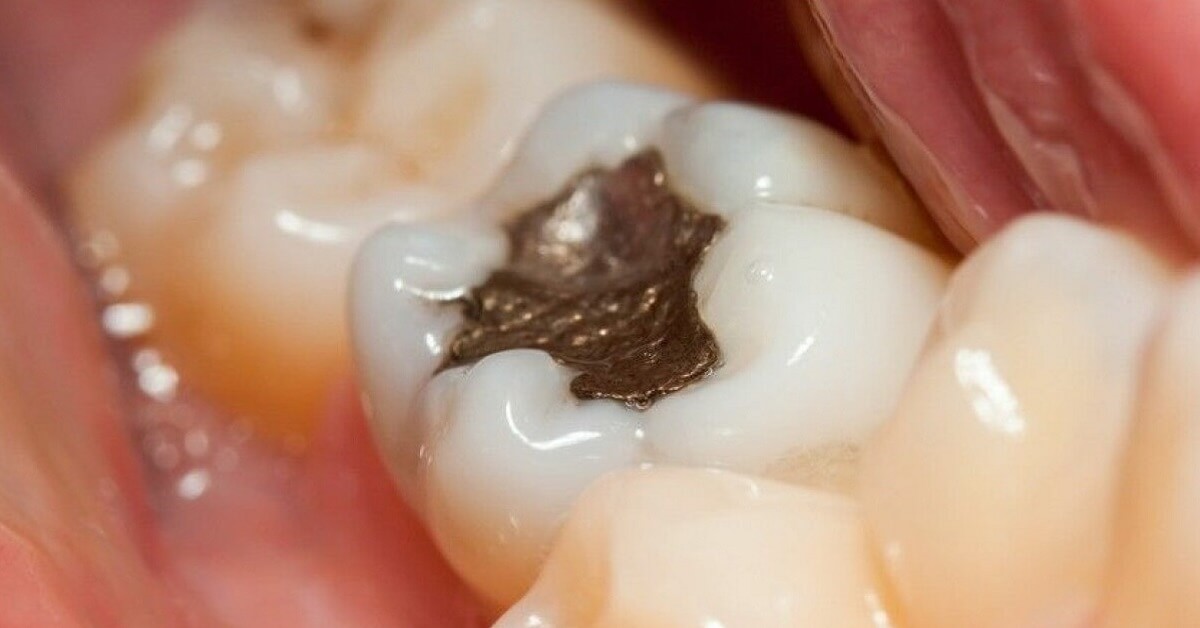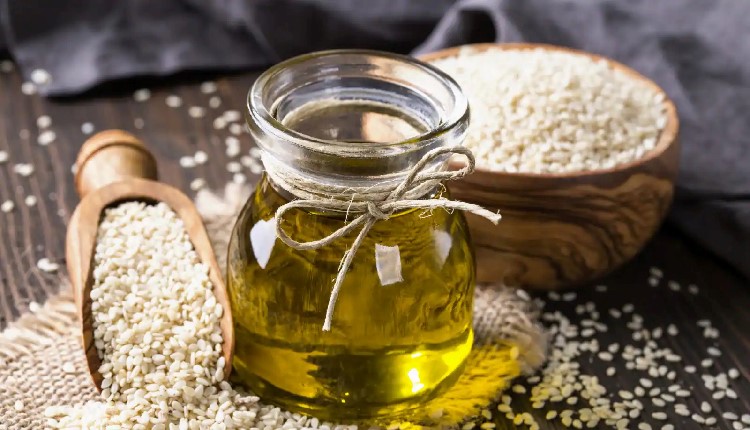Amalgam: Chemical Composition, Mechanical Properties and Common Applications

Amalgam is a metal-based material where the main element is mercury. On the other hand, an alloy is a metal combination of a number of elements. This means it is possible to say that the chemical name for a combination of alloys is Amalgam and this can be said as Amalgam alloy.
However, dental amalgam is produced by mixing almost equal parts of liquid mercury and powdered metal alloy. Here the powdered metal alloy is mainly a combination of tin and silver and is specifically referred to as amalgam alloy. In addition, the process of mixing liquid mercury and alloy is called trituration or amalgamation.
Besides, here one thing that needs to be understood first is that the phrase ‘amalgam alloy’ has a different meaning in dental amalgam. Usually, the term means the powdered version of tin and silver even before they are mixed with liquid mercury. In dentistry, dental amalgam is the mixing of powdered metal and then using the mixture in order to fix the teeth.
Advantages & disadvantages of Dental amalgam in dental procedures
Dental amalgam procedures are performed to restore the lost version of the teeth and provide relief to dental patients. Dental amalgam is not only cost-effective but it is one of the strongest and most lasting restorative materials that exist. In addition, amalgam can seal itself while servicing.
Oftentimes, when margins are sealed at the time of restoration, it seems like they are broken but actually are restored efficiently below the surface. According to research, amalgam is a technique-sensitive material but the most permanent restorative material dentists have the date. Plus, it is only alloy material that could work in wet and contaminated conditions.
If we talk about the life span of the amalgam restoration, it is totally based on the size of the alloy and the restorative material used. If the size of the amalgam increases, the stress on the restorative body will also increase. Therefore, the life expectancy of the restorative material may decrease.
According to clinical research, a conservative Class I amalgam can be expected to have a life of 15 to 18 years. However, Class II amalgam would last up to a maximum of 15 years.
The patients’ influence also affects the longevity of the restoration. The lifestyle, oral hygiene practices, and eating habits of the patient contribute a lot to the life expectancy of the amalgam restoration.
Properties of the dental amalgam alloy
Amalgam holds a number of physical properties and this is the reason why many of them attract clinicians’ interests. In order to get the maximum results after restoration, clinicians are required to properly handle the restoration material.
1. Dental amalgam dimension alterations
Once the material went through condensation, it is suggested to minimize the changes in dimensions.
- Excessive contraction of the material can lead to postoperative sensitivity and leakage
- Not just excessive contraction but excessive expansion also plays its part in postoperative sensitivity.
2. Dental Amalgam strengths
One-hour strength of the amalgam was thought to be an important property and was integrated into the amalgam specification. However, the spherical alloy’s one-hour strength is greater than the admix amalgams or lathe cut.
Dental amalgams incur higher strength but their shear and tensile strengths are comparatively low.
3. Dental amalgam corrosion
The corrosion in the dental amalgam occurs the same way that it does in the iron rusts. However, galvanic corrosion builds up if two different types of metals exist in one wet environment. A flow of electric current passes through these metals and the process of oxidation (corrosion) occurs.
To extend the life expectancy of the dental amalgam, keeping the right care is highly suggested. An acidic environment and poor oral hygiene can significantly decrease life expectancy and promotes corrosion of the dental amalgam.
Dental Amalgam and its uses
Several uses of dental alloys are there. To mention, Dental amalgams are used to restore several tooth fractures and lesions. In addition, amalgams are specifically used to restore Class I-VI lesions.
Amalgam is also used for cavity varnishing for many years, and the most common type is copal varnish. Copal varnish is a resin-dissolved solvent and is painted over the cavity to provide finishing to the affected teeth.
Conclusion
Finally, as said, dental amalgam alloy is one of the strongest restorative materials for restorations and dental procedures that dentists have. To keep it lasting, patients need to take care of the restoration by maintaining good oral hygiene and changing certain eating habits.



